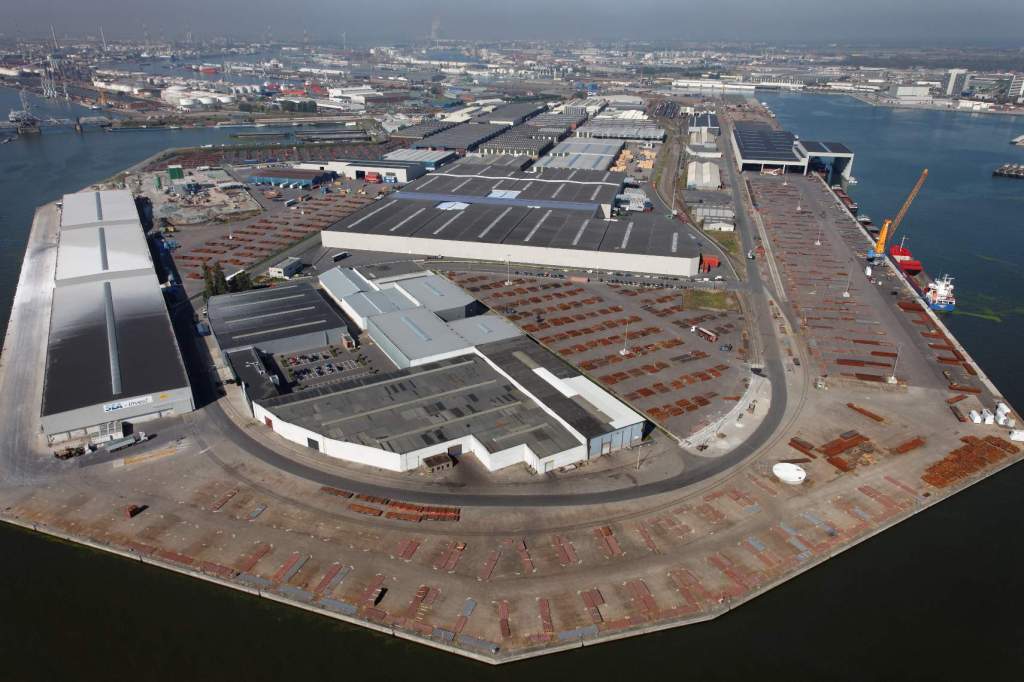 Bridging News
Bridging News
New Land-Sea Corridor International Logistics Expo Connects Global Trade Players
Chongqing - More than 20 international exhibitors in logistics and foreign trade, including Antwerp-Bruges Port and Singapore's Pacific International Shipping, participated in the New Land-Sea Corridor International Logistics Expo held in Chongqing from November 1 to 3.
The expo, which had its inaugural edition in 2021, introduced a change this year by altering its prefix from "Chongqing in Western China" to "New Land-Sea Corridor."
This shift signifies an elevation in the expo's status and a clearer delineation of its purpose: to create an international platform for facilitating communication between logistics service providers and clients, thus fostering business interactions and mutual understanding between enterprises in western China, other provinces, and international logistics companies.

New Land-Sea Corridor International Logistics Expo was the third international logistics expo held in Chongqing. (Photo/Kenny Dong)
International ports extend business opportunities
The European second-largest port, Antwerp-Bruges Port, formed by the merger of Antwerp and Zeebrugge ports with Worldex Group investing in warehousing facilities within their port, joined the expo to attract local exporters.
Angus Tang, senior director of marketing at Worldex Group, revealed that the company is in discussions with Chongqing-based automakers, including Changan Auto, which plans to expand its European vehicle export business.

Antwerp-Bruges Port is the second largest port in Europe. (Photo/Antwerp-Bruges Port)
Sharon Yin from the China Representative Office of Antwerp-Bruges Port told a Bridging News reporter that over 80% of China's vehicle exports to Europe currently go through Antwerp-Bruges Port. Furthermore, Zeebrugge Port is actively developing roll-on/roll-off (RoRo) services to cater to the rapidly growing electric vehicle industry.
Under current international shipping standards, RoRo transport has become the primary method for international electric vehicle trade due to issues with traditional container shipping, such as varying risk assessments and incompatible container sizes.
Jan Van der Borght, Representative of Antwerp-Bruges Port, noted that compared to 15 years ago when he first visited China, there has been a significant increase in the awareness of international logistics rules among Chinese logistics providers and manufacturers. This reflects China's vast economic development, particularly in advanced foreign trade.
Speaking about the Sichuan-Chongqing region, he mentioned that some chemicals, auto parts, and daily-use products from the region are shipped to the European market through the Antwerp-Bruges Port.
"When I first came here 15 years ago, it was dirty and not modern. Things are so different now," he said, impressed by Chongqing's rapid urban development.
Non-Western Provinces Participate in ILSTC
In addition to international exhibitors, logistics and port companies from other Chinese provinces, including the Shandong Port Group, participated.
Despite its northern location, Shandong Port Group Logistics Co., LTD., a subsidiary of Shandong Port Group, has established a branch in Chongqing to facilitate integrated development with the New International Land-Sea Trade Corridor (ILSTC) and the Yellow River waterway.
In recent years, Shandong Port initiated a "one-stop" train-sea intermodal service connecting Yinchuan in Ningxia to Ho Chi Minh City, highlighting their strategic expansion of inland logistics.
Through the platform provided by the Logistics Expo, Shandong Port established connections with other exhibitors and gained valuable industry insights. For example, during discussions with the Antwerp-Bruges Port leadership, they learned about using RoRo ships to reach ports with inadequate infrastructure, like those in West Africa.
"We are very interested in this, and it might help us establish future cooperation with European ports," said Zhang.
In 2019, ports in Shandong, including Qingdao, Rizhao, and Yantai, merged under one company's management. In 2022, Shandong's ports handled 1.6 billion tons of cargo and over 37 million containers, ranking first and third globally, respectively.

Up to now, Shandong Port has the largest capacity among all ports in the world. (Photo/Shandong Port)
 Related Stories
Related Stories